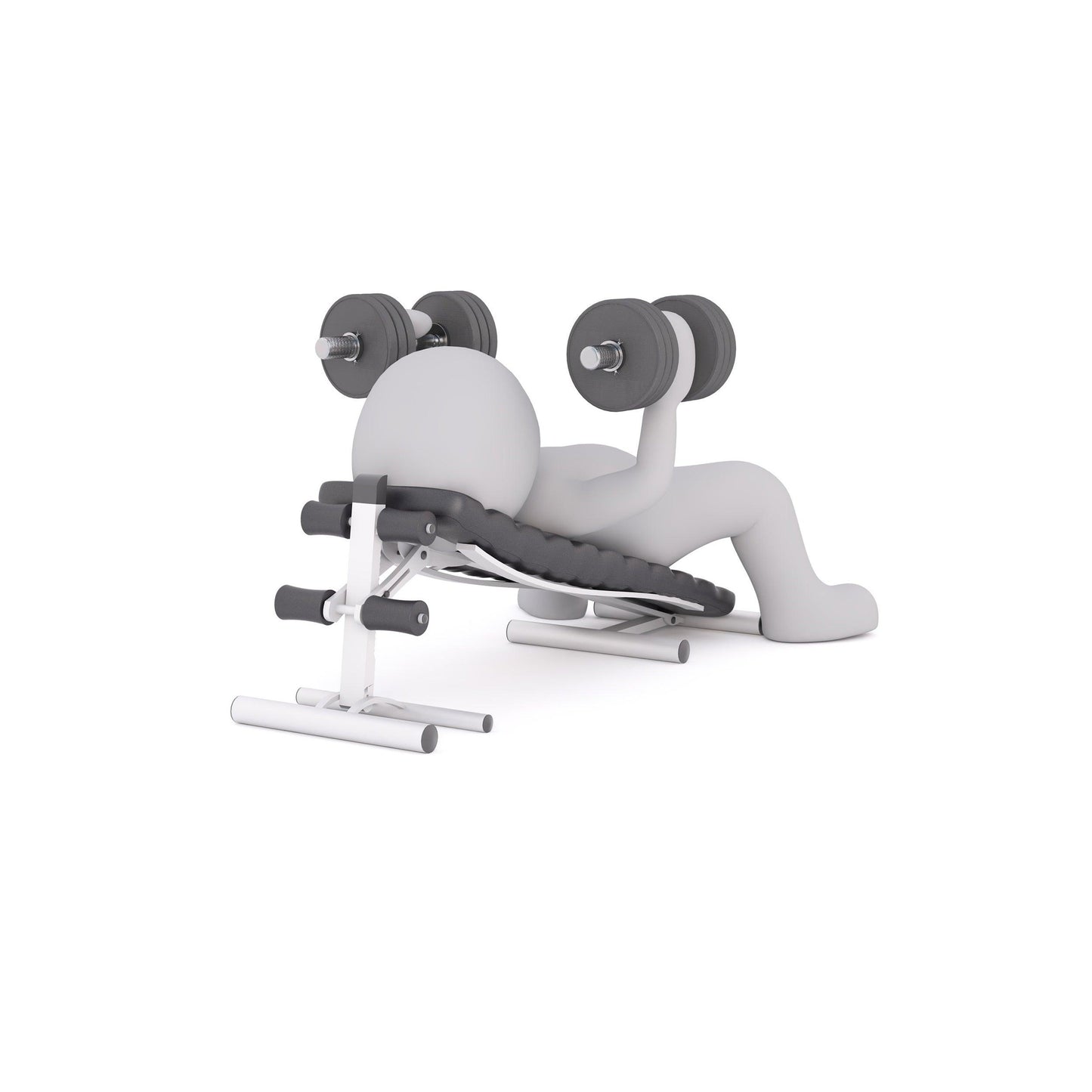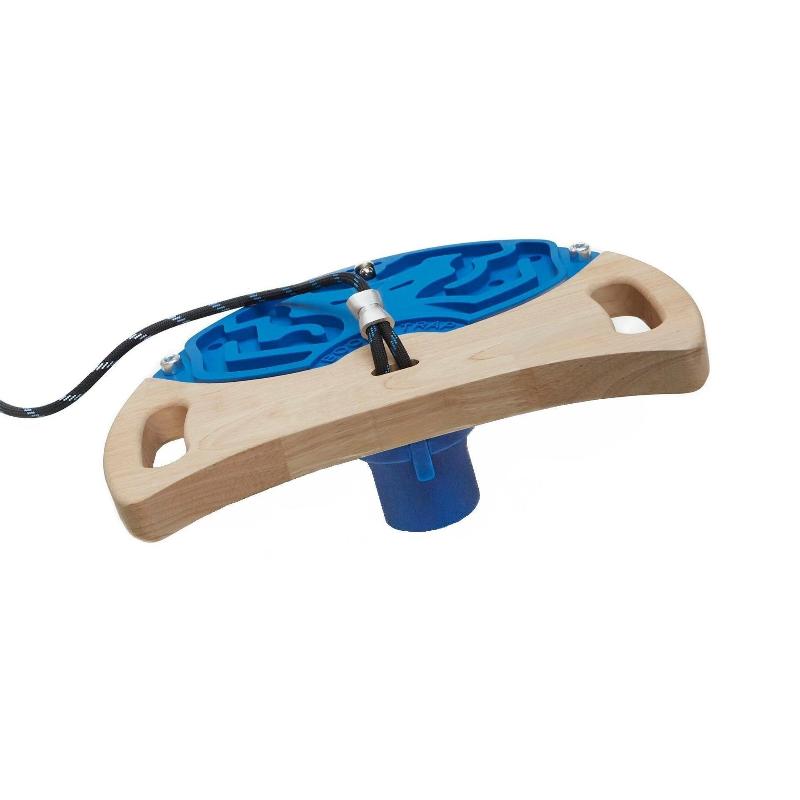
Climbing is a sport that requires a unique combination of strength, endurance, flexibility, and coordination. To perform at your best, you need to have a balanced training program that targets all of the major muscle groups involved in climbing, as well as their antagonists (agonist counterpart). In this article, we will discuss how to create a balanced training program for climbers and why it is important for overall performance and injury prevention.
Training for Climbing, How?
To train for climbing, climbers need to focus on both the agonist (climbing-specific) and antagonist (counterpart) muscles. Below are some classic exercises for climbers that target the main muscle groups involved in climbing, as well as their corresponding antagonist exercises.
| Agonist / Antagonist | Muscle function | Exercise | Training tool |
| Bicep / Tricep |
Flexes the arm | Pull-ups, Bicep curls | Pull up bar, One arm trainer |
| Stretches the arm | Push-ups , Dips | Push up master , gym rings | |
| Hand flexors / Hand extensors |
Flexes the hands | Gripping, Hanging | Hangboards , Weightlifters |
| Stretches the hands | Hand stretchers | Elastic bands | |
| Forearm flexors / Forearm extensors |
Flexes the wrist | Hanging on slopers, Wrist flexors | Build your own hangboard, Elastic bands |
| Stretches the wrist | Wrist extenders | Elastic bands | |
| Pectoralis (chest Muscles) / Rhomboids (back muscles) |
pressing arms/shoulder forward | Push-ups, Chest press | Push up master, Suspension trainer |
| Pulling arms/ shoulders backwards | Fly , rows | Suspension trainer | |
| Latissimus / Trapezius , Deltoids |
Pulls arm down | Pull ups | Pull up bar, One arm trainer |
| Raises shoulder / arm | Shoulder raises, Arm lifters | Elastic bands, Weights | |
| Internal rotator cuff / External rotator cuff |
Internal shoulder rotation | Muscle-ups | Gym rings |
| External shoulder rotation | External rotators | Elastic bands | |
| Abs / erector spinae (lower back) |
Makes the back round | Crunches , Planking | Max maze, suspension trainer |
| Makes the back hollow | Bird dog, back extensions | Suspension trainer |
We would advise to train the antagonists at least on a weekly basis. The agonist can be trained less if you climb a lot. The goal is to make the antagonist just as strong as the agonist. That's when true muscular balance is reached.
Antagonist can either be trained after a climbing session or on a " climbing resting day". It is better to avoid training the antagonist before you go climbing.
Since the cooperation between agonist and antagonist ensures the stability of the joints.
A balanced training for climbers, Why is it Important?
A balanced training program is essential for climbers for several reasons, including:
-
Posture - Our muscles are attached to the skeleton. Stronger muscles will pull harder onto the skeleton than weaker ones. So muscle imbalance might lead to bad posture in the long run.
-
Injury Prevention - Overuse injuries are common in climbers, particularly in the hands, forearms, shoulders, and back. This can be caused by many things. Often though it happens when the power of will overcomes the strength of your body. Just think of that time when you really didn't want to let go of that hold and ended up hurting yourself. Somehow, we need to balance out our mental and physical strength.
-
Strength Loss - Focusing solely on the agonist muscles can lead to strength imbalances and a loss of overall strength. This is caused by the fact that muscles (agonist and antagonist) always work together when moving. You can not flex your Bicep without stretching the Triceps. So flexing your biceps can be difficult if the Triceps is twice as strong.
-
Joint Stability - Climbing puts a lot of stress on the joints, particularly the shoulders and elbows. Muscles act like a stabilizer if it comes to joints. For example, It is much harder to dislocate a shoulder when the shoulder is surrounded by strong muscles. Therefor it is important to strengthen your muscles on each side of the joints.
In conclusion, a balanced training for climbing program is essential to improve your performance and reduce the risk of injury. By incorporating both agonist and antagonist exercises, climbers can maintain muscle balance, improve posture, prevent injury, maintain strength, and improve joint stability. With the right training program and tools, climbers can reach new heights and achieve their goals while maintaining a healthy and balanced body.





